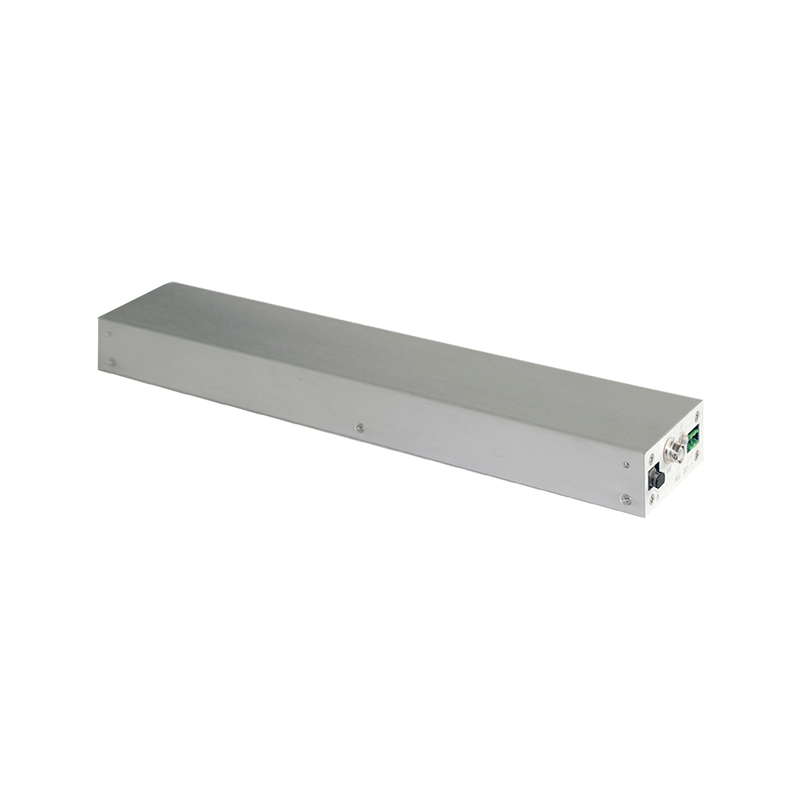This technological evolution exemplifies how power electronics transcend hardware limitations to become catalysts for industrial innovation, where every volt and hertz is meticulously crafted to unlock the hidden potential of metal surfaces.
Process Adaptation of High-Frequency Oxidation Power Supplies: Technological Evolution and Application Breakthroughs
In modern metal surface treatment, high-frequency oxidation power supplies have become core equipment for anodizing processes of aluminum, magnesium, titanium, and other materials. Their process adaptability directly determines the uniformity, hardness, and corrosion resistance of oxide layers. Significant differences in power supply requirements across various processes drive continuous technological innovation.
I. Process Diversity and Power Supply Adaptation Challenges
Anodizing processes can be categorized into standard oxidation, hard anodizing, micro-arc oxidation, and others based on electrolyte types (sulfuric acid, chromic acid, oxalic acid, etc.) and workpiece requirements. These variations create differentiated demands for power supply output characteristics:
Voltage Range: Sulfuric acid anodizing requires only 15-24V, while hard anodizing often needs over 30V, with some micro-arc oxidation processes requiring hundreds of volts .
Current Density: Standard oxidation uses 1-3A/dm², whereas hard anodizing requires 3-5A/dm², with current stability ≤±1% to prevent uneven layer dissolution .
Waveform Requirements: Square wave outputs suppress pore expansion in oxide layers, improving density; pulsed waveforms (especially high-frequency) reduce heat accumulation, making them suitable for hard, thick layers .
II. Core Technological Breakthroughs in High-Frequency Power Supplies
To meet these demands, high-frequency power supplies have achieved adaptive upgrades in three key technical areas:
1. Topology Optimization
Synchronous rectification technology replaces Schottky diodes with MOSFETs, reducing conduction resistance to milliohm levels. In 22V/10kA output scenarios, rectification losses decrease by 40%, increasing efficiency to over 92% and resolving energy consumption bottlenecks in low-voltage/high-current operations .
2. Multi-Modal Control Strategies
Full digital PWM modulation enables millisecond switching between constant voltage/current modes. For example, during hard anodizing, the system dynamically adjusts pulse duty cycles (frequencies up to 40kHz) with microsecond overcurrent protection to prevent localized overheating and layer dissolution .
3. Thermal Management Synergy
For high-energy-density processes like micro-arc oxidation, multi-channel cooling and through-flow air cooling structures limit temperature rise to ≤15°C under full load, ensuring sustained stability of high-frequency pulse outputs .
III. Adaptation Strategies for Different Process Scenarios
| Process Type | Power Parameter Configuration | Adaptation Target |
|------------------|--------------------------------------|-------------------------------|
| Hard Anodizing | 0-120V adjustable, ±0.5% current stability | Suppressing thermal layer dissolution |
| Color Anodizing | Multi-stage soft start, square wave output | Enhancing sealing quality and color fastness |
| Micro-Arc Oxidation | High-frequency pulses (>1kHz), voltage slope control | Improving ceramic layer density |
IV. Intelligent Integration and Future Trends
Process adaptation is evolving from parameter matching to intelligent collaboration:
Dynamic Process Libraries: Pre-set oxide thickness-current models automatically generate voltage/time curves from target thickness inputs, reducing manual intervention .
Multi-Endpoint Control: Through 485 communication or Profinet interfaces, power supplies synchronize with electrolyte circulation and cooling systems, adjusting pulse frequencies in real time based on temperature changes .
Energy Efficiency Optimization: Amp-hour (Ah) feedback dynamically reduces oxidation time, achieving 12-19% comprehensive energy savings while improving layer uniformity .
Conclusion
The process adaptation of high-frequency oxidation power supplies embodies deep coupling between power electronics and electrochemical processes. With breakthroughs in digital control, high-frequency topologies, and materials technology, next-generation power supplies have evolved from mere energy delivery devices into process optimization engines. They not only push surface treatment quality toward nanometer-level precision but also become pivotal in manufacturing’s green transition. Future self-adaptive systems based on process mechanisms will further blur the line between equipment and process, ushering in a new era of intelligent oxidation.




















